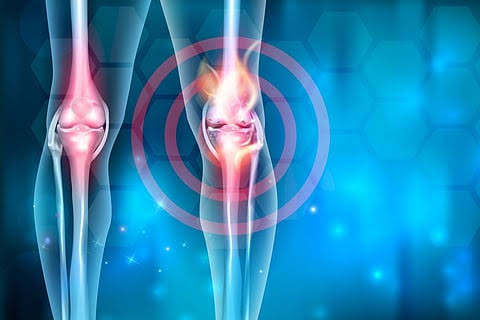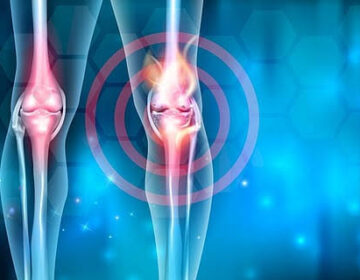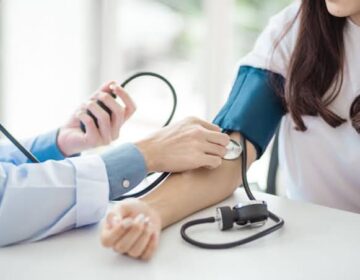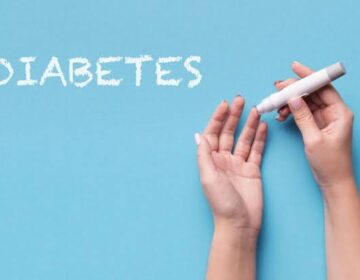Experts recommend engaging in regular aerobic exercise to enhance function and alleviate pain.
A new study reports that aerobic exercises such as walking, cycling, or swimming are likely the most effective ways to improve pain, mobility, walking ability, and overall quality of life for people with knee osteoarthritis.
The researchers note that other types of exercise can be beneficial as part of a broader treatment plan, but they should not replace aerobic activity as the primary approach.
Osteoarthritis develops when the smooth cartilage that cushions the ends of bones wears down, leading to pain, swelling, and restricted movement. Although the condition can affect any joint, it is most common in the knees. Nearly 30% of adults over age 45 show signs of knee osteoarthritis on X-rays, and about half of those individuals experience significant pain and related symptoms.
Exercise remains a cornerstone of osteoarthritis treatment, yet current medical guidelines offer little clarity on which specific forms of physical activity provide the greatest benefits. To address this uncertainty, researchers conducted a detailed evaluation of how different exercise types affect patients with knee osteoarthritis, focusing on both their effectiveness and safety.
Their findings are based on the results of 217 randomized trials published between 1990 and 2024 involving 15,684 participants that compared common exercise therapies (aerobic, flexibility, strengthening, mind-body, neuromotor, and mixed exercise) with a control group.
The main measures of interest were pain, function, gait performance, and quality of life, assessed at short-term (four weeks), mid-term (12 weeks), and long-term (24 weeks) follow-up.
Overall, aerobic exercise consistently showed the highest probability of being the best treatment across outcomes among the exercise therapies studied in clinical trials.
Moderate certainty evidence showed that, compared with controls, aerobic exercises were beneficial in relieving short-term and mid-term pain, improving short-term, mid-term, and long-term function, and improving short-term and mid-term gait performance and quality of life.







